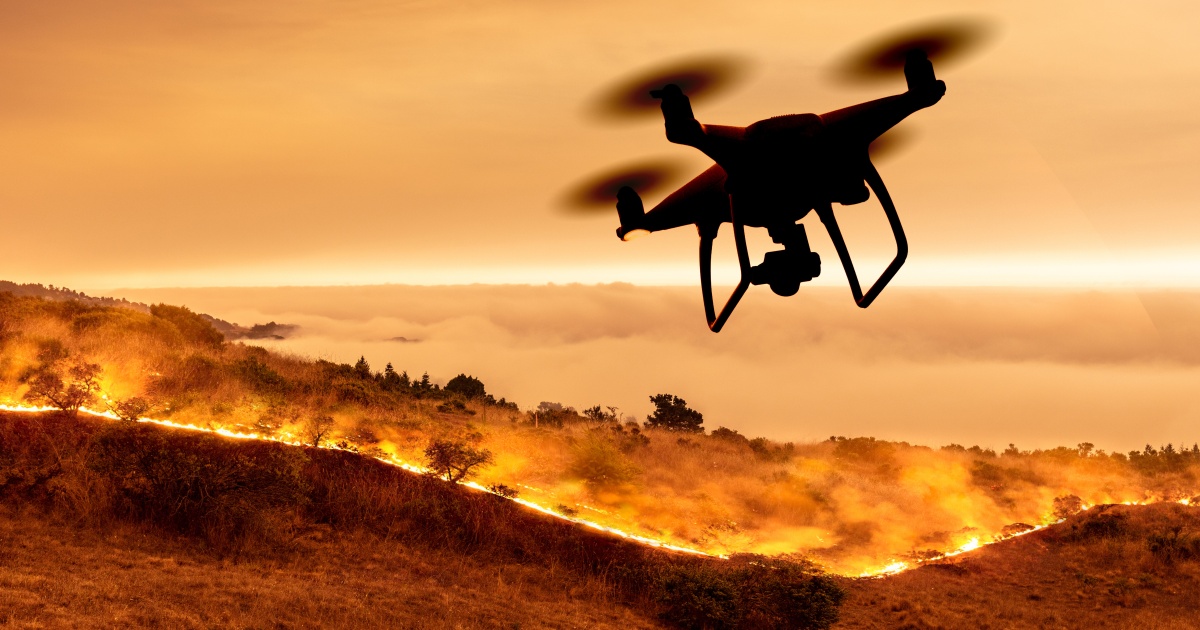
Increasingly, drones are finding their way into new, innovative, and beneficial use cases. They provide 3D images of a construction sites, analyze the health of crops and survey areas when responding to emergency situations. However, there is one issue that commercial drone operations continue to face – communications outside of urban areas.
Solutions traditionally require expensive equipment. A couple of examples that can be tossed in there are VSAT and broadband global area network modems. Besides being expensive, these modems are complicated and provide limited bandwidth along with high latency.
An alternative to these modems is SpaceX Starlink, which provides over 350mbs of satellite bandwidth for TCP/IP transmissions with sub-20ms latency. This performance is better than some landline fiber and cable internet offerings out there. SpaceX Starlink is seen on boats, planes and even cars, so why not expand to drones?
RDARS is an autonomous robotics and drone technology company developing advanced systems for alarm system augmentation and surveillance. RDARS’ latest initiative involves integrating SpaceX Starlink’s high-speed internet services into its Eagle Nest Drone-in-a-Box product.
Low latency and high bandwidth connectivity are within Starlink’s technology. Because of that, the integration provides RDARS with an Eagle Watch data transmission platform that delivers reliable internet connectivity, even in areas where cellular and other networks may be unavailable or unreliable.
RDARS’ Eagle Eye is a drone that automatically flies to the zone where an alarm was triggered. Live video and audio are captured and recorded to verify the situation and provide police and other emergency service response with up-to-date information. The Eagle Eye drone supports connectivity through Wi-Fi, dual band cellular and LoS 915mhz radio and relays the information through Eagle Nest or directly with the command center.
Similar to Eagle Eye, Eagle Nest connectivity features include Wi-Fi, dual cellular, LoS 915mhz and now Starlink. With its backup power systems, even in a power outage with a lack of cellular coverage, Eagle Nest and Eagle Eye continue to function and provide situational awareness anywhere in the Starlink global coverage area.
"We are ecstatic about this milestone as is sets us apart and ahead from any other systems out there with one of the most reliable and super redundant drone communications data transmission possible in a security operating environment," said Charles Zwebner, CEO of RDARS.
Edited by
Erik Linask





